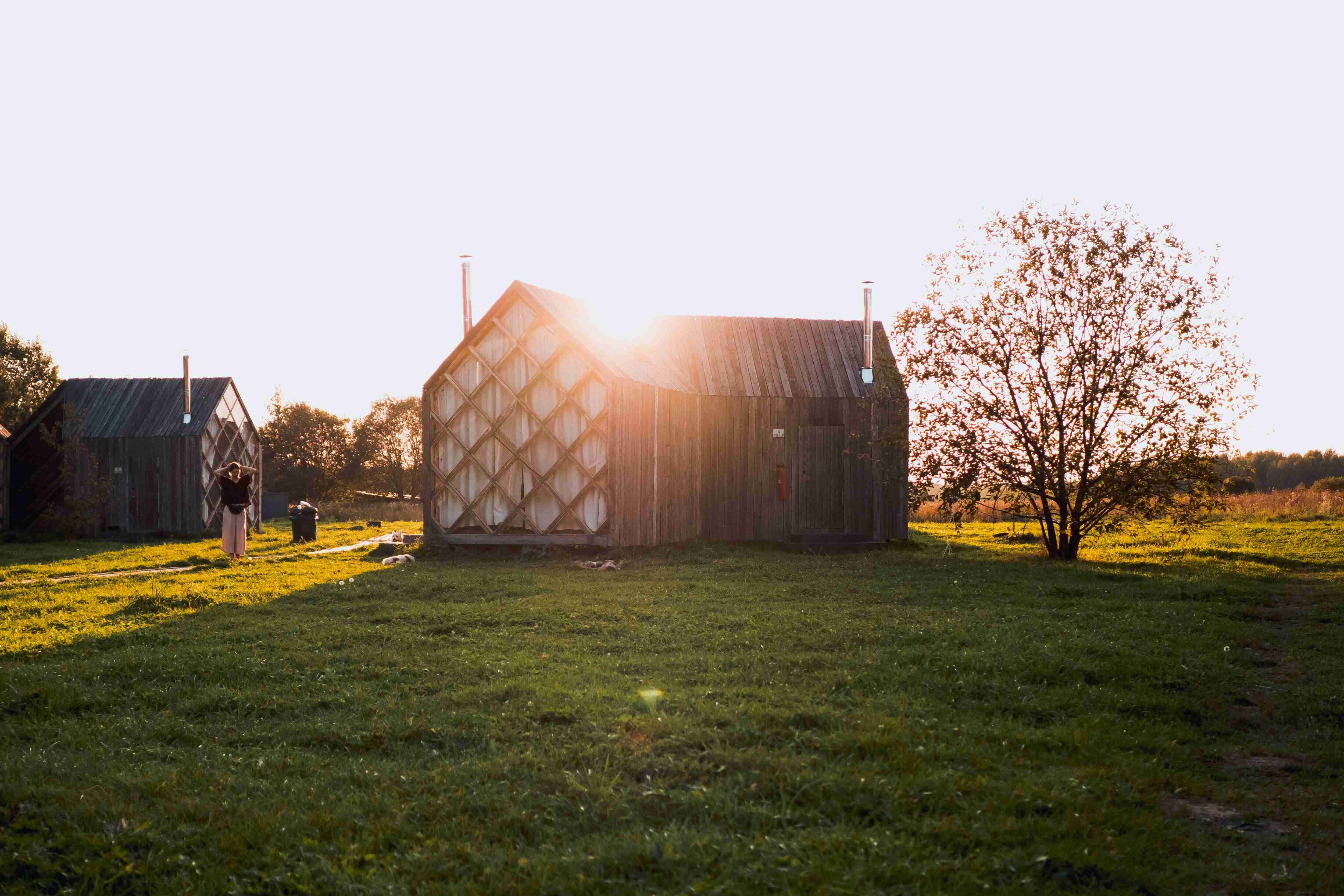

Exploring the Benefits and Challenges of Vertical Farming
Vertical farming refers to the practice of growing crops in vertically stacked layers, typically in a controlled environment. This innovative method of agriculture has gained considerable attention in recent years due to its potential benefits and the challenges it presents.
Benefits of Vertical Farming
1. Efficient use of space: Vertical farming allows for the cultivation of crops in a smaller footprint compared to traditional farming methods. By utilizing vertical space, multiple layers of crops can be grown in a single building, maximizing land use efficiency. For example, a vertical farm occupying a small urban space can produce the same amount of food as a traditional farm spread over several acres.
2. Increased crop yield: With vertical farming, crops can be grown year-round and in any location, regardless of climate or season. By controlling factors such as temperature, light, and nutrient levels, farmers can optimize growing conditions, leading to higher crop yields. This can help address food shortages and reduce the dependence on importing food from distant locations.
3. Water conservation: Vertical farming employs advanced irrigation systems, such as hydroponics or aeroponics, which use significantly less water compared to traditional soil-based agriculture. By recirculating and reusing water, vertical farms can minimize water wastage and reduce the strain on freshwater resources.
4. Reduced environmental impact: Vertical farming can significantly reduce the environmental impact associated with conventional agriculture. By eliminating the need for heavy machinery, pesticides, and herbicides, vertical farms contribute to lower carbon emissions and a decrease in chemical runoff, preserving soil quality and protecting ecosystems.
Challenges of Vertical Farming
1. High initial investment: Setting up a vertical farm requires significant upfront investment in infrastructure, including lighting systems, climate control, and vertical growing racks. The cost of these technologies can be a barrier for small-scale farmers or those in developing regions, limiting the widespread adoption of vertical farming methods.
2. Energy consumption: Vertical farms rely on artificial lighting to provide adequate light levels for plant growth. The energy required to power these lights can be substantial, leading to increased electricity consumption. However, advancements in energy-efficient LED lighting systems are helping to mitigate this challenge.
3. Technical expertise: Vertical farming involves complex systems and technologies, requiring specialized knowledge and skills. Farmers need to understand plant biology, hydroponics, lighting systems, and data analysis to optimize crop growth. The need for expertise in multiple disciplines can make it challenging for individuals without prior experience to enter the vertical farming industry.
4. Crop selection and diversity: The vertical farming system is better suited for certain types of crops, such as leafy greens and herbs, which have shorter growth cycles and thrive in controlled environments. Cultivating staple crops like grains or large fruiting plants may be more challenging and less economically viable in vertical farming setups.
Despite these challenges, vertical farming presents a promising solution to the increasing demand for sustainable food production in urban areas. Ongoing research and technological advancements are expected to further optimize vertical farming methods, making them more accessible and efficient in the future.
References:
- Despommier, D. (2010). The vertical farm: feeding the world in the 21st century. Macmillan.
- Giacomelli, G. A., & Giacomelli, F. J. (Eds.). (2018). Controlled Environment Agriculture: Principles and Applications for the Indoor Garden. Academic Press.
- Kozai, T., Niu, G., & Takagaki, M. (Eds.). (2015). Plant Factory: An Indoor Vertical Farming System for Efficient Quality Food Production. Academic Press.
Related Posts
© 2025 Invastor. All Rights Reserved

User Comments